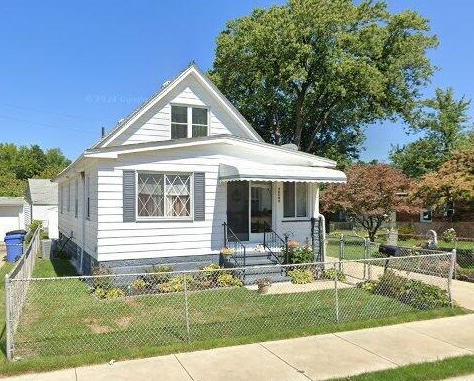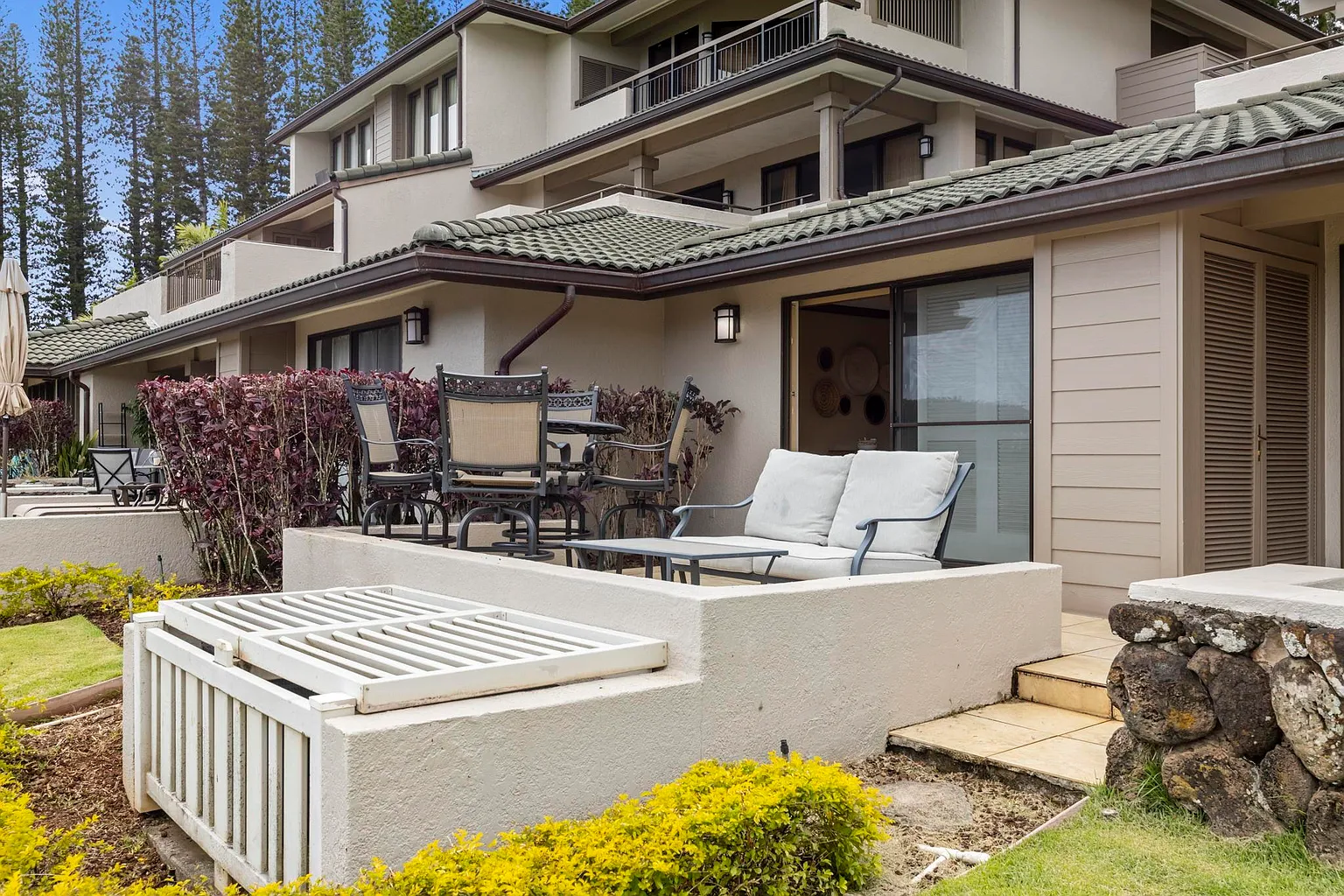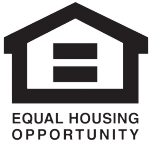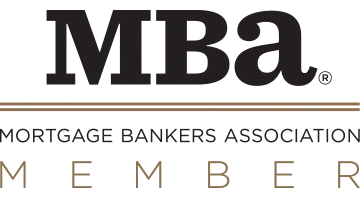Buying a home in the USA for earning rentals is an excellent way of expanding your real estate and ensuring a stable income. Many foreign investors and H1B/L1 visa holders benefit from this lucrative method each year. A recent report of NAR’s(National Realtor’s Association) Profile of International Transactions in U.S. Residential Real Estate indicates that the percentage of foreign investors and nonimmigrants/immigrants buying houses in the USA for rental and resale purposes has increased by 57% in the last one year.
So, if you are a foreign investor or an H1B/L1 visa holder hoping to generate exponential profit by renting your home in the USA, then this read is all you need.
In this article, we will address the question of the hour, “How much can I rent my house for ?” by taking a detailed look at the main factors which significantly influence the rental price of a house in the USA. These factors will include the property’s location, amenities, square footage, type and size of home, fittings and fixtures, tenant demographics, methods of calculating rental value, property taxes, rental listing, market trends, and rent control laws. So, let’s walk through each of these factors one after the other and get a step closer to the right price for your home’s worth.
Table of Contents
Factors that Influence House Rent
Property’s Location
Many factors can influence the rental prices of a house, but one of the most significant is the property’s location.
- Houses in more urban areas will command higher prices than those in rural or suburban areas. It is because cities offer a greater variety of amenities and opportunities, which make them more attractive to renters.
- For example, the average rental in Brooklyn, New York, for a two-bedroom house is around $3,500, which falls under the pricey category. Whereas the rental for a two-bedroom in Bay Ridge, New York, costs about $2,200, which is considered cheap.
- Rental prices are often higher in solid job markets and robust economies. Workers in these areas are willing to pay more for the convenience and access to cities’ opportunities.
- For example, the average rental in McAllen, Texas, will be much higher than in Dallas, Texas. It is because the job competition in McAllen is 68% higher than in Dallas.
- The rental market is dictated by supply and demand, so the price of a rental property will be determined by how much renters are willing to pay for it.
Amenities
Amenities are the unique features that make a rental property more comfortable or convenient for prospective tenants to live in.
- They can include everything from on-site laundry facilities to swimming pools and fitness centers.
- While some amenities are standard in most rental properties, others may be considered luxuries. And, as you might expect, the presence of luxury amenities can drive up the cost of the rent.
- The more amenities a rental property has, the higher the rentals will be. It is because amenities add to the overall desirability of a rental unit, making it more likely that tenants will be willing to pay a high premium for the convenience and comfort the house provides.
- It is important to note that not all amenities are created equal. Some, like on-site laundry, may be considered essential by many tenants, while others, like a swimming pool, may be considered a luxury.
- The amenities that have the most significant impact on rent will vary depending on the market you’re in and the preferences of your target tenant demographic. However, some amenities that are commonly associated with higher rents include:
- On-site laundry facilities
- Swimming pool
- Fitness center
- Concierge service
- Covered parking
- Storage space
- Balcony or patio
- Access to public transportation
- Pets allowed
If you’re looking to maximize the rent you can charge for your rental property, consider adding some of these amenities. However, do your research first to ensure that they’re appropriate for your target tenant demographic and that they’ll add value to your rental unit.
Understanding Tenant Demographics
When you are trying to determine what type of tenant you want for your rental property, it is essential to understand the different types of demographics that are out there. By understanding these demographics, you can make a more informed decision about who you want to rent to.
There are four main types of tenant demographic: families, students, young professionals, and retirees. Each one of these demographics has its own unique set of needs and wants.
Families
When it comes to families, they are looking for a rental property that is safe and secure. They want to know that their children will be able to play in the yard without worry. Families also want to be close to schools, parks, and other amenities their children might need.
Students
Students are usually looking for a rental property that is close to campus. They want to be able to walk or bike to class. Students also want to be able to find an affordable place. They might not have much money to spend on rent so they will be looking for a reasonably priced home.
Young Professionals
Young professionals are usually looking for a rental property close to their job. They want to be able to commute to work quickly. Young professionals also want to find a place that is stylish and modern. They might be willing to pay a little bit more rent if it means they have a nicer place to live.
Retirees
Retirees are usually looking for a rental property close to their family. They want to be able to visit their grandchildren easily. Retirees also want to find a place that is quiet and peaceful. Therefore, they might be willing to pay a little bit more rent if it means they will have a calm and friendly place.
When deciding upon rentals, understanding the tenant demographics is a crucial step. Knowing the needs and wants of each demographic will provide clarity about the rental estimate of your home and which type of tenant would be the best fit for the size and type of your property.
Size and Type of the House
The size and type of a house are some of the main factors influencing rental prices. For example, places that are larger or have more amenities tend to cost more to rent than smaller homes or those without as many features. Similarly, houses in desirable neighborhoods or with easy access to public transportation typically cost more to rent than those in less desirable areas.
When considering the size of a house, it is vital to keep in mind.
- The number of bedrooms and bathrooms as well as the overall square footage.
- Larger homes will naturally cost more to rent than smaller ones, but the number of bedrooms and bathrooms can also impact price.
- For example, a four-bedroom home with two bathrooms may cost more to rent than a three-bedroom home with the same number of bathrooms.
The type of house can also affect rental prices.
- Single-family homes, for instance, typically cost more to rent than apartments or condos. Single-family homes offer more privacy and space than other housing types.
- Also, houses with special features or those located in desirable areas may cost more to rent.
Fittings and Fixtures
Fittings and Fixtures can be a significant factor in the rental value of a property. Therefore, it is essential to consider how these items will affect the value of your rental property before making any final decisions.
Some fittings and fixtures can add to the rental value of a property, while others may decrease its value. Therefore, it is important to carefully consider each item before making a final decision.
Some of the fittings and fixtures that can add to the rental value of a property include:
- A well-equipped kitchen with high-quality appliances.
- A spacious and well-designed bathroom.
- A laundry room with washer and dryer.
- Air conditioning
- Ceiling fans
On the other hand, some fittings and fixtures can decrease a property’s rental value. These include:
- Old and outdated appliances.
- Poorly designed bathrooms.
- Lack of air conditioning or ceiling fans.
- Unattractive light fixtures.
When considering fittings and fixtures for your rental property, it is important to balance the needs of your tenants with the financial return you hope to achieve.
For example, a tenant looking for a long-term rental may be willing to pay more for a property with high-quality fittings and fixtures. On the other hand, a tenant who is only looking for a short-term rental may be more concerned with the monthly rent price and less concerned with the quality of the fittings and fixtures.
It is also important to consider the cost of installing or replacing fittings and fixtures when deciding what to include in your rental property. In general, fitting and fixtures will affect the rental value of your property, as they can either maximize or minimize the return on your investment.
Market Trends
It’s no secret that market trends significantly impact rental prices. When the market is good, landlords can charge more for rent because more people are looking to rent than homes available. As per a recent Nation Rental Report by HouseCanary, the following are the five cities with the most and least expensive monthly rentals.
Most expensive
- California(($4,664): Los Angeles,Long Beach,Anaheim.
- California ($4,617):San Diego; Carlsbad
- Connecticut ($4,352): Stamford, Bridgeport, Norwalk
- California ($4,294): San Jose, Sunnyvale, Santa Clara.
- California ($4,259 ): Oxnard, Thousand Oaks, Ventura
On the other hand, landlords may have to lower their prices to attract tenants when the market is terrible. When more homes are available than people are looking to rent, landlords have to compete for tenants by offering lower prices.
Least expensive
1. Ohio($861): Youngstown, Warren, Boardman
2. Madison ($1,000)
3. Arkansas ($1,153): Little Rock, North Little Rock, Conway
4. Michigan ($1,243): Flint
5. Illinois( $1,313):Moline, Rock Island
Therefore, keeping an eye on the latest market trends can be considered a significant influence while determining the rental price.
How to Calculate the Rental Value?
There are several ways to calculate your rental property’s value.
- The most common method is Fair Market Rent (FMR). This approach considers the current market conditions in your area and compares your rental property to similar properties in the area.
- Another way to calculate rental value is to use the Income approach. This approach looks at the potential income your rental property could generate by taking into account the rent you could charge for the property and then subtracting any expenses associated with owning and operating the property.
- You can also use the Replacement Cost Method to calculate the rental value. This approach estimates the cost to replace your rental property if it were to be destroyed by considering the cost of similar properties in the area and then evaluating the cost of rebuilding your property.
- Finally, you can use the Market Value Approach to calculate the rental value. This approach looks at the current market value of your rental property and compares it to akin properties in the area.
The best way to calculate the rental value of your property is to use a combination of these methods and not miss out on checking the rent control laws while making a rental estimate.
Rent Control Laws
Rent control is a system that regulates the prices of rental properties, usually implemented by government bodies. The purpose of rent control is to make housing affordable for low-income earners or those on fixed incomes, such as pensioners. However, rent control can also have unintended consequences, such as reducing the availability of rental properties and limiting the amount of income landlords can earn.
- Rent control laws limit the amount of rent that can be charged from the tenants for a rental property.
- Landlords can only increase rent yearly and cannot charge more than the maximum allowable rent for a specific unit.
- Rent control laws also typically give tenants the right to renew their leases at the same price, even if the landlord has raised rents for new tenants.
- Usually, you can expect to earn anywhere between 5% to 10% of the house’s purchase price every year as rental income. So, if you buy a home for $500,000, you can earn $25,000 to $50,000 per year in rental income.
Other factors that come into play are the state of the economy, the real estate market, and so on. Nevertheless, renting it out is the best option if you want to generate a stable income from your property.
Conclusion
Now that you know how to determine the right home rental price, it’s time to find the house that meets your budget and rental goals. HomeAbroad can connect you with a CIPS agent who can assist you in buying a property that will generate optimum rental income according to your target. HomeAbroad also helps you connect with lenders who provide mortgages to foreign nationals and immigrants, even if you don’t have a U.S. credit history.
So, if you are a foreign investor or an H1B, L1 visa holder who wishes to buy a house in the USA to earn a profitable income through rent, reach out to HomeAbroad to get your hands on the right house/ investment property. Now!

Find the best real estate agent with international expertise
Connect with a HomeAbroad real estate agent in your area.
Frequently Asked Questions
1. How much rent can I charge for my property?
The amount of rent you can charge for your property will depend on several factors, such as the property’s location, size of the property, condition of the property, and the demand for rental properties in the area. You will also need to consider any rent control laws that may be in place.
2. How can I determine the market rent for my property?
There are a few ways to estimate the market rent for your property. One way is to look at similar properties in the area and see how much they are being rented for. Another way is to use a rental valuation tool, which will consider several factors to estimate the market rent for your property.
3. How often can I increase the rent?
Rent control laws will typically limit rent increases. In most cases, landlords are only allowed to increase rents by a certain amount each year and cannot charge more than the maximum allowable rent for a specific unit.
4. What are the benefits of renting my property?
There are a number of benefits to renting your property, including the potential to generate a stable income, the ability to offset some of the costs of owning a property, and the potential to appreciate in value over time.
5. What are the risks of renting my property?
There are a few risks to consider when renting your property, such as the possibility of damage to the property, the potential for late or non-payment of rent, and the need to evict a tenant if they breach their lease agreement. However, these risks can be mitigated by using a reputable property management company and carefully screening tenants.




















